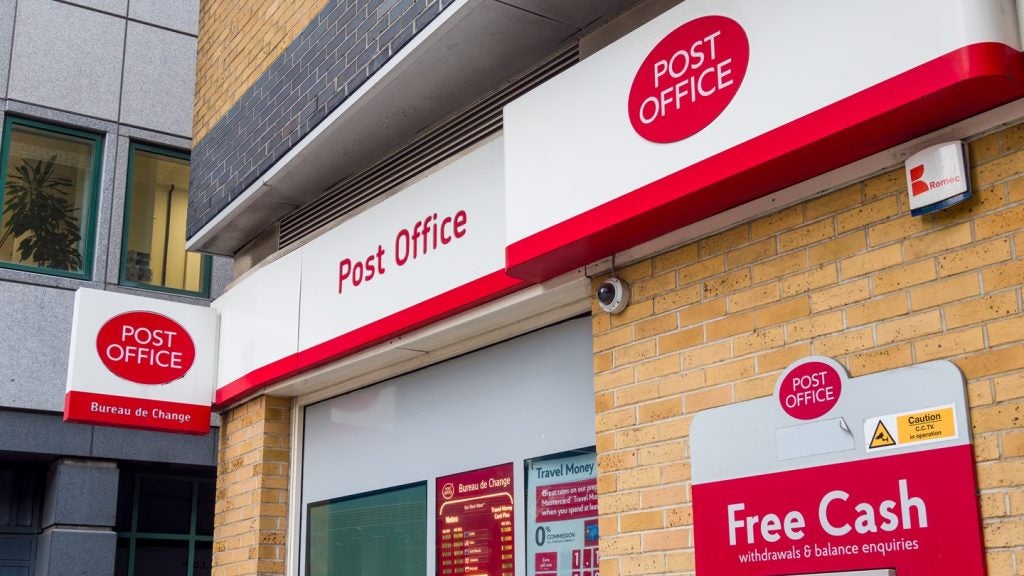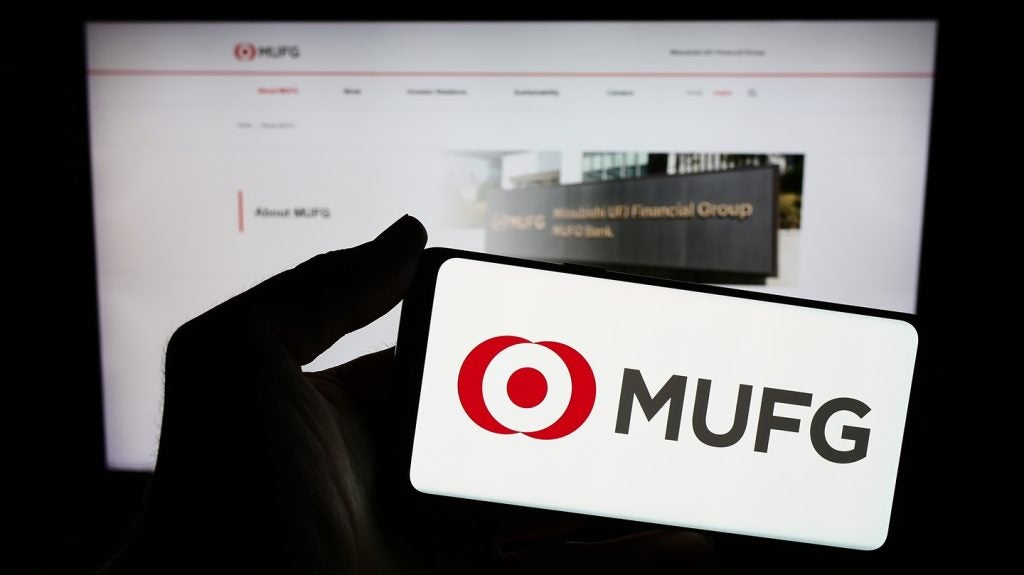There was good news over the summer for SMEs. A report into Q1 2024 showed high street banks increased their lending to SMEs by 15% compared to the previous quarter. With loans totalling just over £4bn, an 8% increase on the same period a year ago, lending to SMEs by these banks is now at its highest level since the end of 2022.
Actually, that’s good news for everyone. SMEs make up 99.8% of all private businesses in the UK. Collectively they employ close to 17 million people (61% of the UK workforce), and contribute 53% of GDP (£2.4trn), powering wages and tax revenues. And they have proved remarkably resilient to recessions, pandemics, and economic quakes. Today there are more than 1 million extra SMEs than in 2010.
Unloved for too long
But a longer-term view presents a less rosy picture. A report from Parliament in May showed a sustained reduction in large bank lending to SMEs between 2012 and 2019. The success rate of SME applications for bank loans fell from 80% in 2018 to around 50% in 2023. Even more concerning, many SMEs stopped seeking finance from traditional banks due to the fear of rejection. This led to a funding shortfall around £95bn for UK SMEs between 2015 and 2022.
Why should traditional banks care? After all, the UK’s largest five banks reported combined net profits in excess of £51bn in 2023, a record high.
Changing times
For one, the outlook for banks is less positive. Interest rates have likely peaked and can be expected to head into reverse. That will impact banks’ net interest margin, which has been a lucrative source of profits. That said, they will still be too high for SMEs struggling with inflation in their supply chains and for retail customers facing the cost-of-living crisis, with neither the means nor the mood to borrow. Additionally, the cost cutting programmes following the global financial crisis and then Covid are nearing their limits. Banks will find it much harder to achieve the same levels of profit.
More urgent is the threat from challenger banks and fintechs. They have been steadily filling the credit void left by the biggest lenders. In 2023, the share of total gross lending to SMEs by this cohort was 59%, the highest on record. Conversely, the share of lending by the big five banks has fallen from just over 60% in 2012 to just over 40% in 2023. This trend is likely to continue if traditional banks do nothing.

US Tariffs are shifting - will you react or anticipate?
Don’t let policy changes catch you off guard. Stay proactive with real-time data and expert analysis.
By GlobalDataThey should be optimistic. They have done something similar before. The last decade has seen significant innovation in retail banking. Today, the sector is almost unrecognisable from its past. Digital banking and especially mobile has put customers in control. They can open accounts in minutes, process payments in seconds and apply for loans without needing to bring paperwork to a branch. The digitisation of retail banking is a playbook that should now be applied to SMEs.
Willing AND able
Challenger banks and fintechs have stolen their march not simply because they have been willing to lend to SMEs, but also because they do so at speed, and with ease. It is wrong to say they are inherently less risk averse (and therefore more willing to lend to SMEs). Rather, they have been designed from the outset for such a task.
Born into the digital era, these newer banks are free from legacy systems and processes. They are better equipped to deal with the complexities of the SME market and can continually improve the way they capture and analyse data. This allows them to automate tasks like determining credit worthiness or creating hyper-personalised experiences. What takes traditional banks weeks and significant manpower, these newer breeds of banks can do in minutes at a fraction of the cost.
Evolution not revolution
Traditional banks may find they already possess some of the technologies they need. APIs and cloud computing come to mind. But other technologies are now at such an advanced stage that embracing their full potential presents exciting opportunities to leap ahead.
AI and Machine Learning (ML) are top of this list. At Temenos, we are already seeing banks of all shapes and sizes innovating with AI and ML, across areas such as: AML, cash flow analysis, credit risk modelling, document categorisation, payments, customer marketing and onboarding, reporting and transparency, to name just a few.
Accessing these capabilities does not mean ripping out and replacing an underlying SME banking system. Rather, banks can follow the path of progressive renovation. Start small, invest in specific SME-centric solutions, and build from there.
Banks don’t need to completely replace their SME banking systems to access these capabilities. They can take a progressive approach, by building a modern infrastructure around their legacy core.
API-driven solutions allow for this, by enabling quick integration with both internal and third-party systems. Additionally, new AI solutions enable banks to leverage cutting edge capabilities, such as explainability and Generative AI, faster and more safely.
Going global
Traditional banks should also look beyond the UK. Open banking, which facilitates everything from bank management to loans and payments, isn’t just a UK or EU trend. Most financially developed countries now have open banking initiatives. In those markets SMEs will be drawn to banks that take part in these schemes.
This makes a strong case for traditional banks to boost their SME businesses without delay. In the US banks have enjoyed more than 5% annual growth in revenue from SME operations over the past five years. Globally, a new report estimates about 65 million (or 40%) of SMEs in developing countries cannot get credit. This represents an unmet financing need of $5.2trn every year.
These are the next big levers of growth to go after. It’s time for banks to get into pole position.
Robert Wint is Senior Product Director at Temenos









